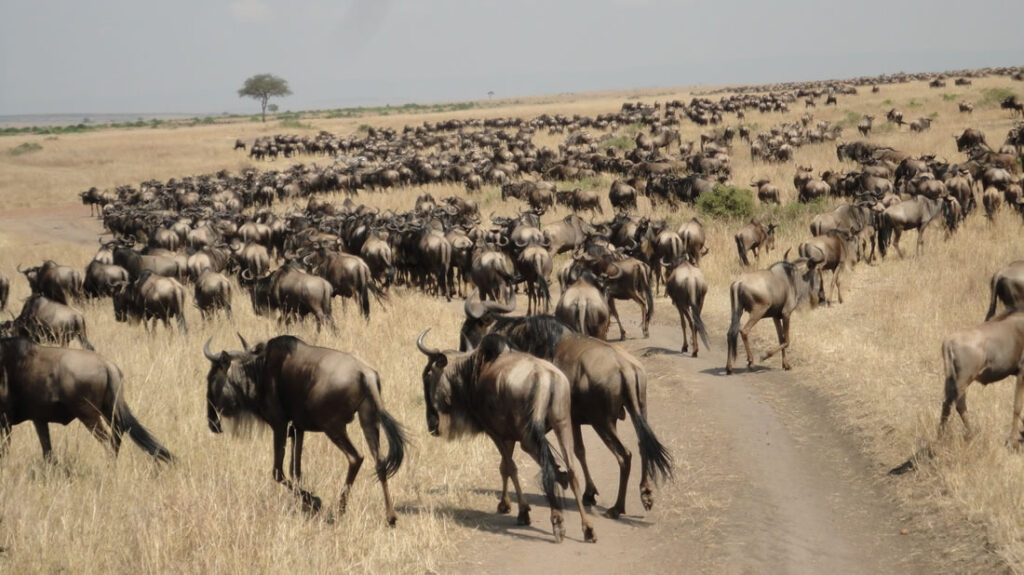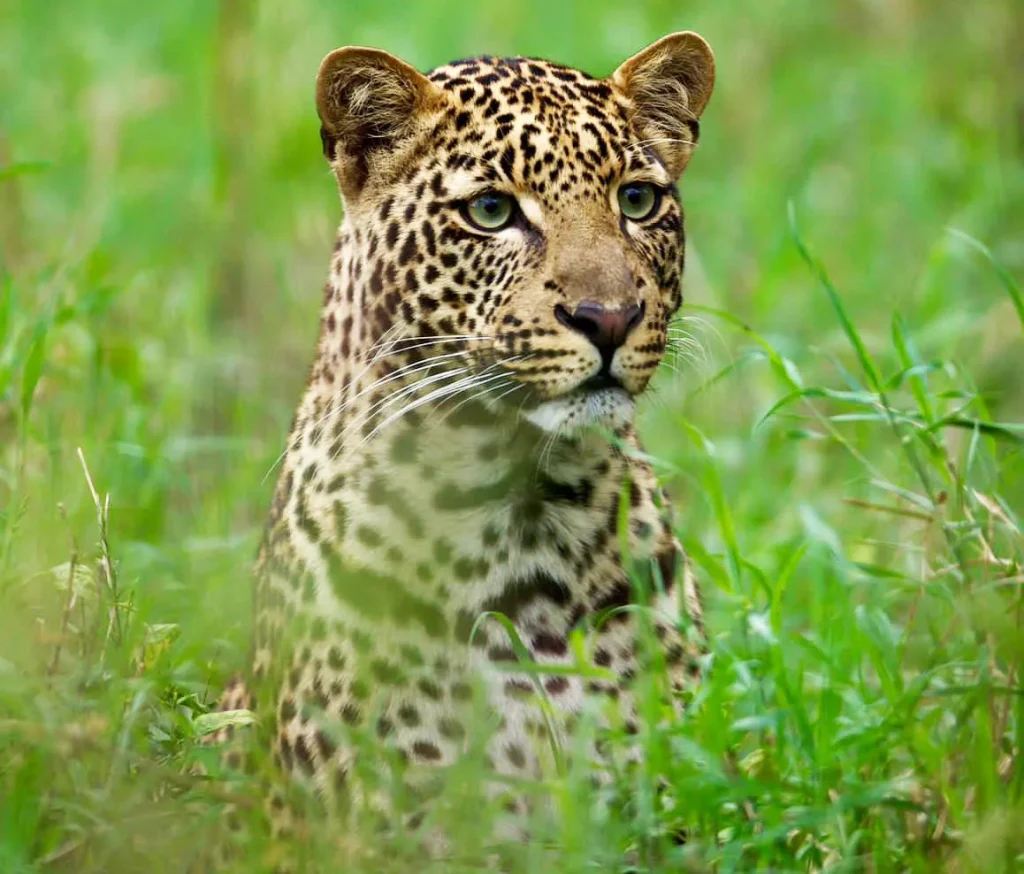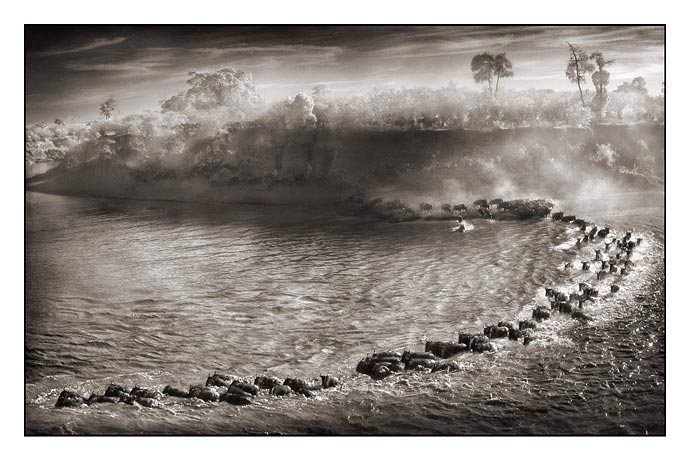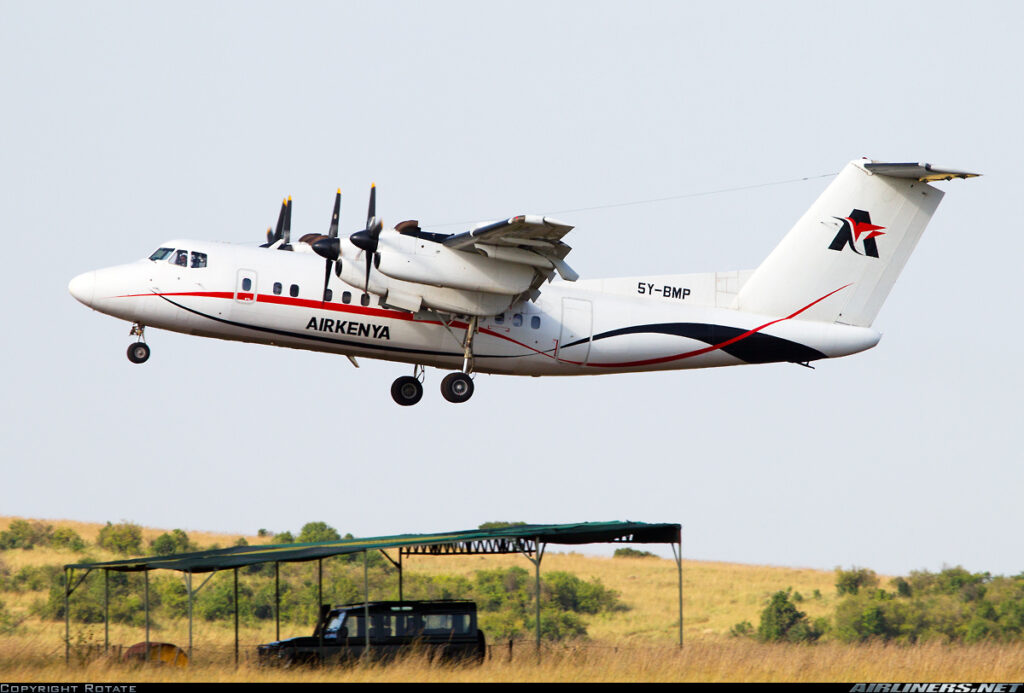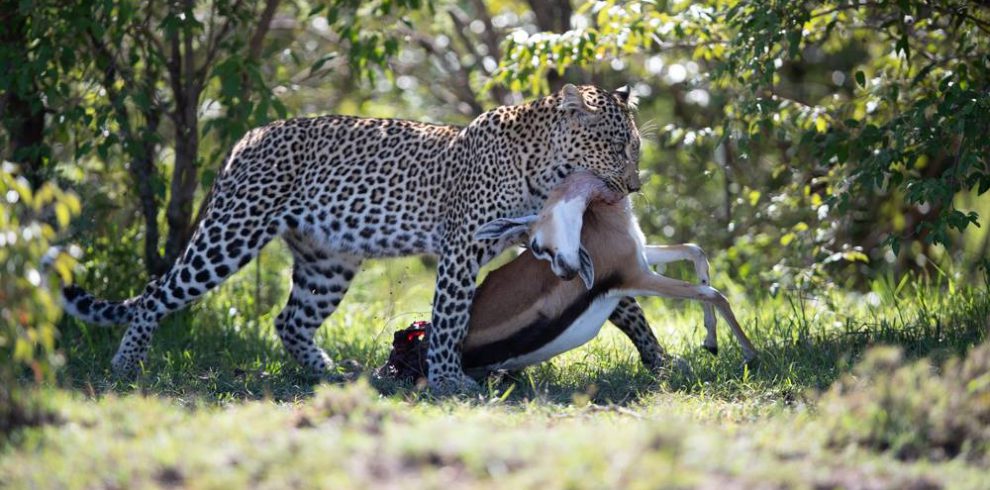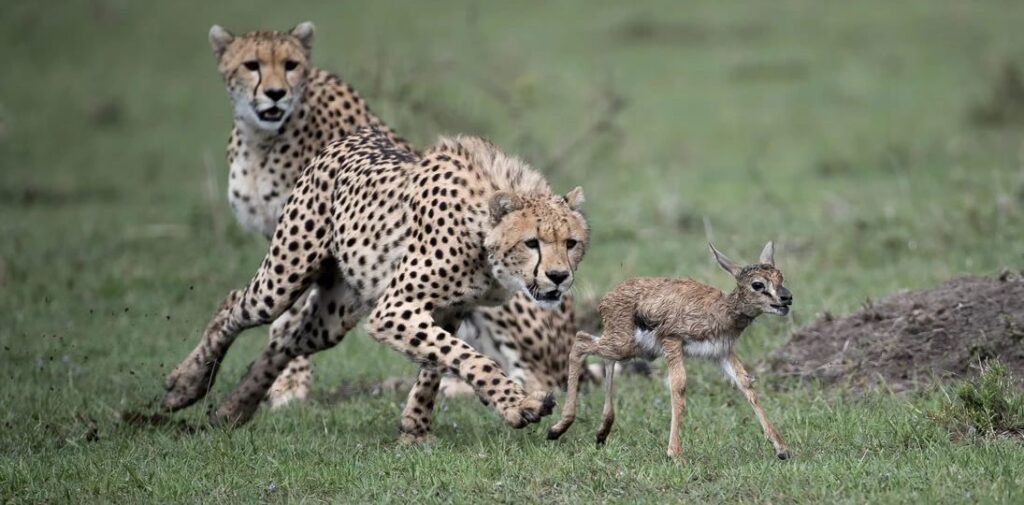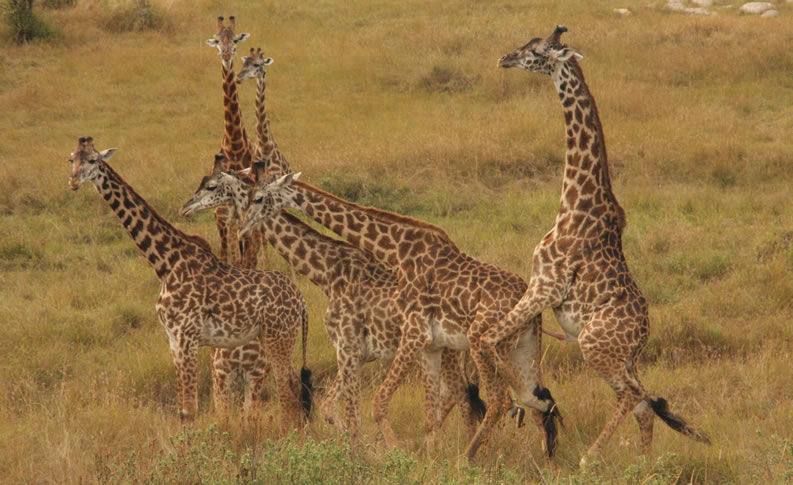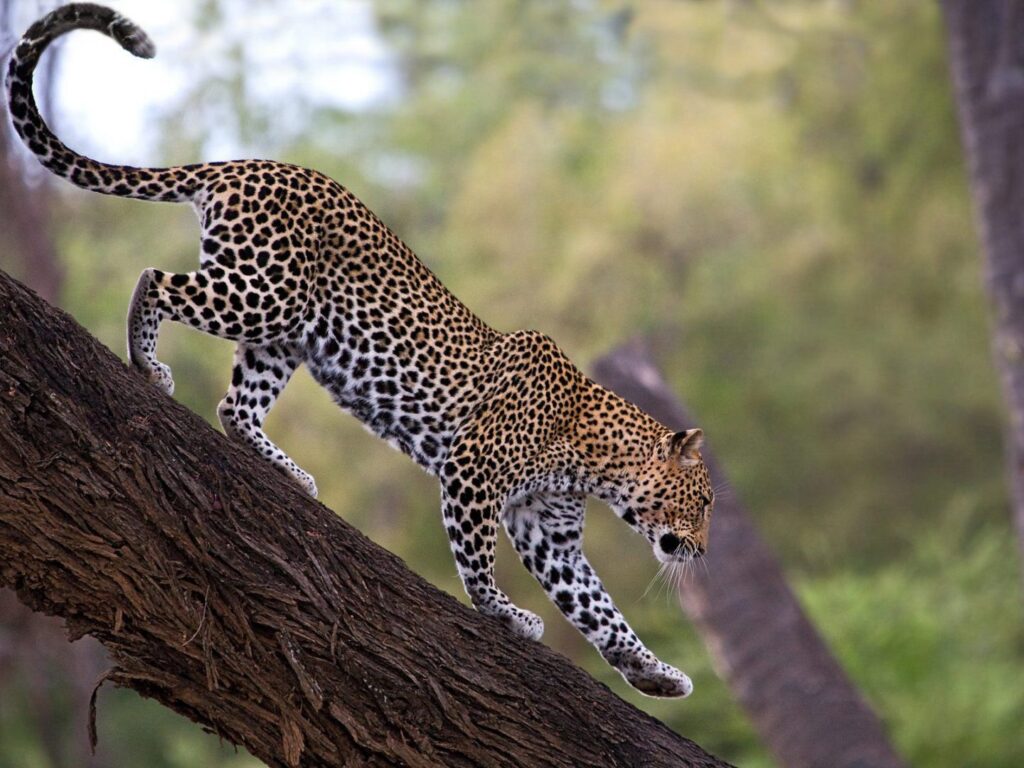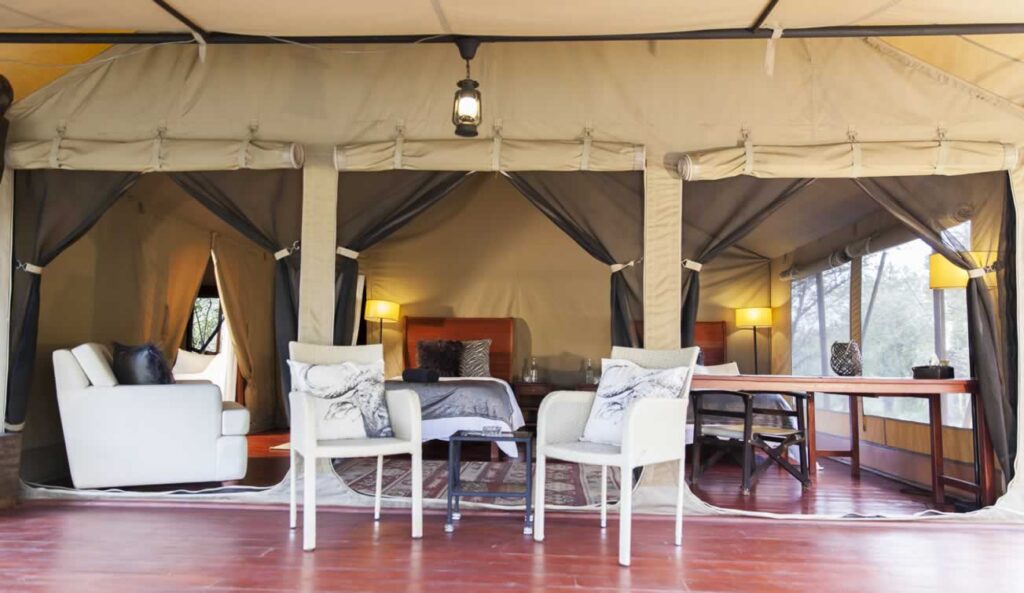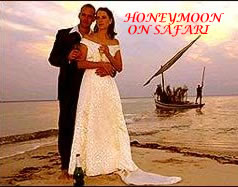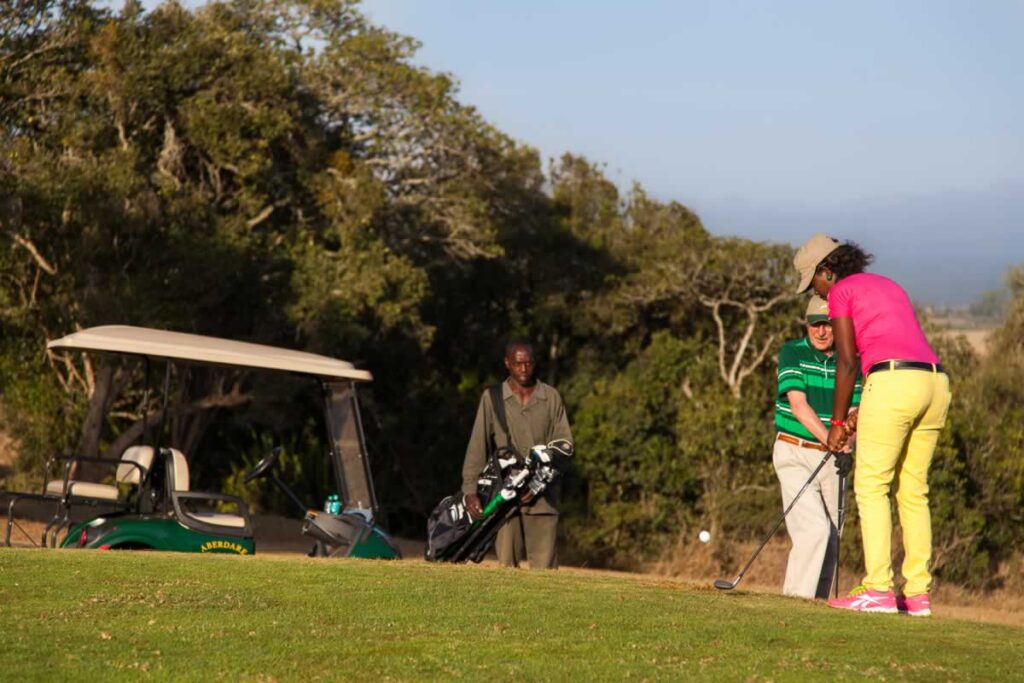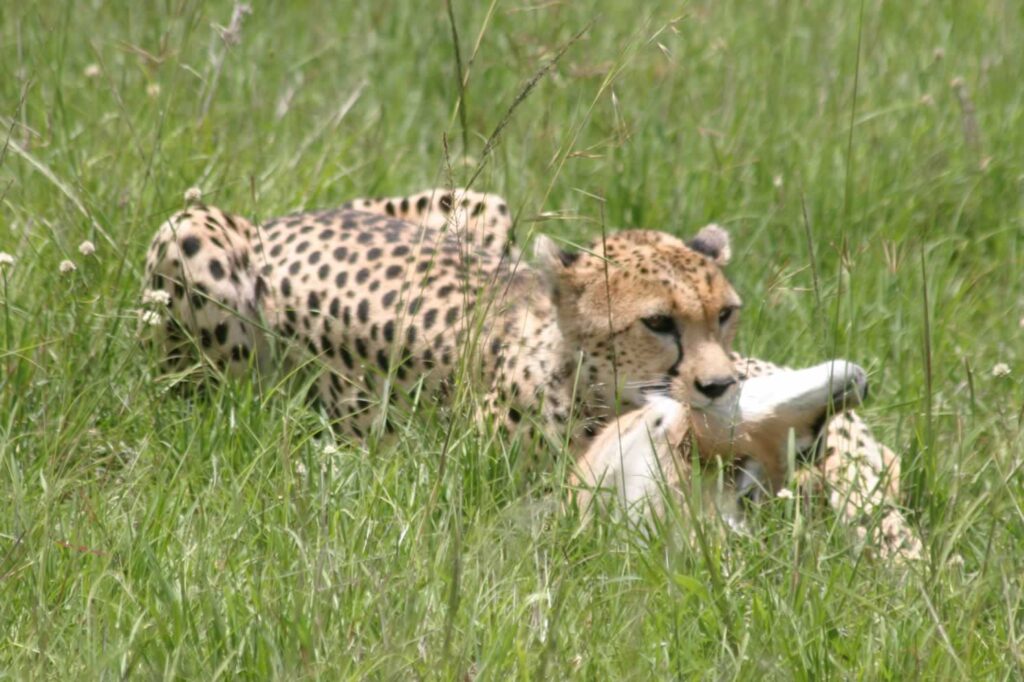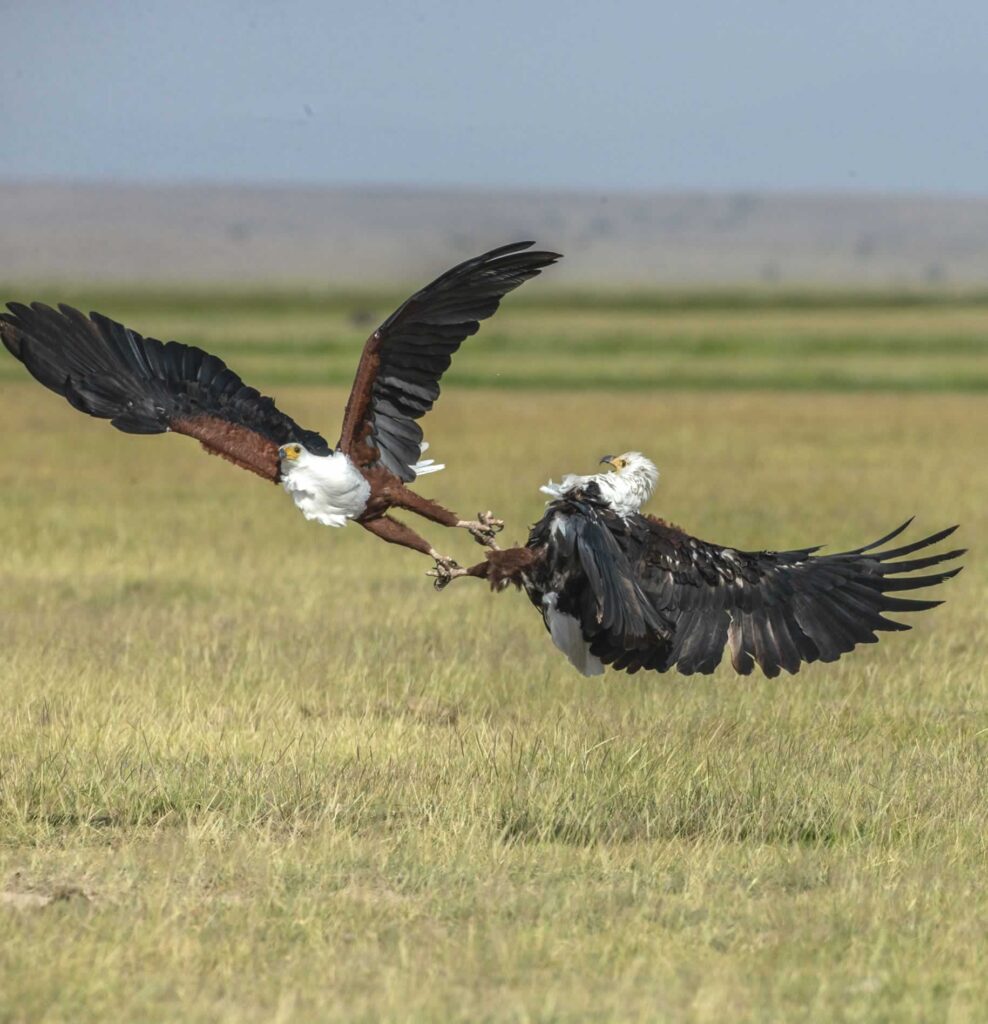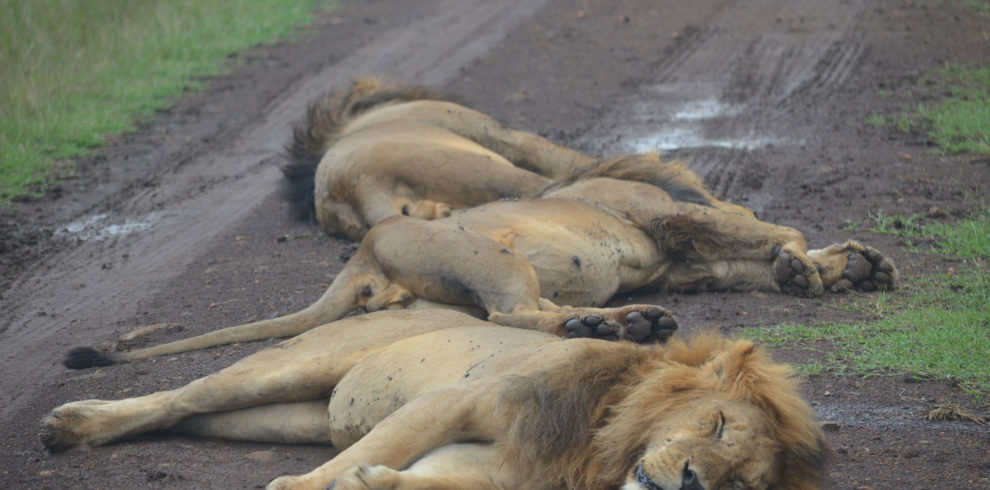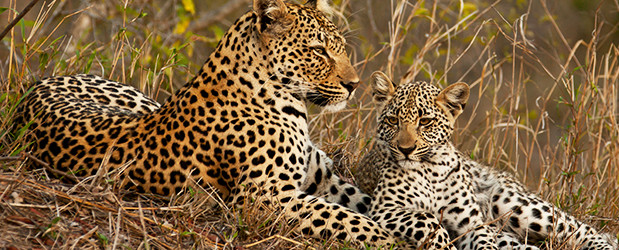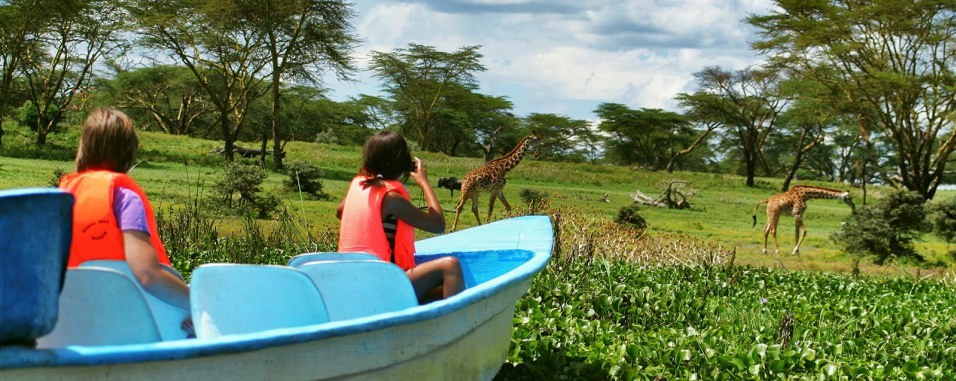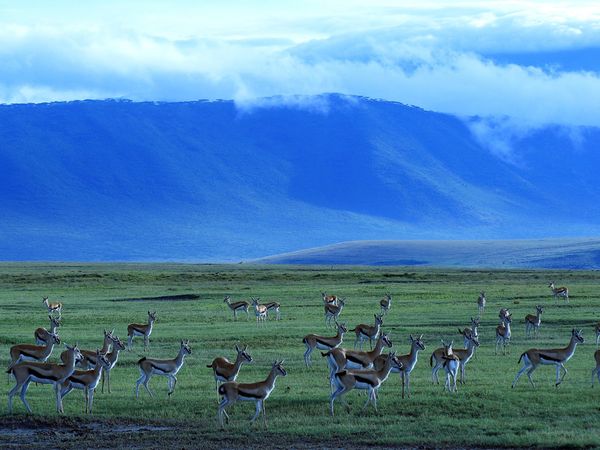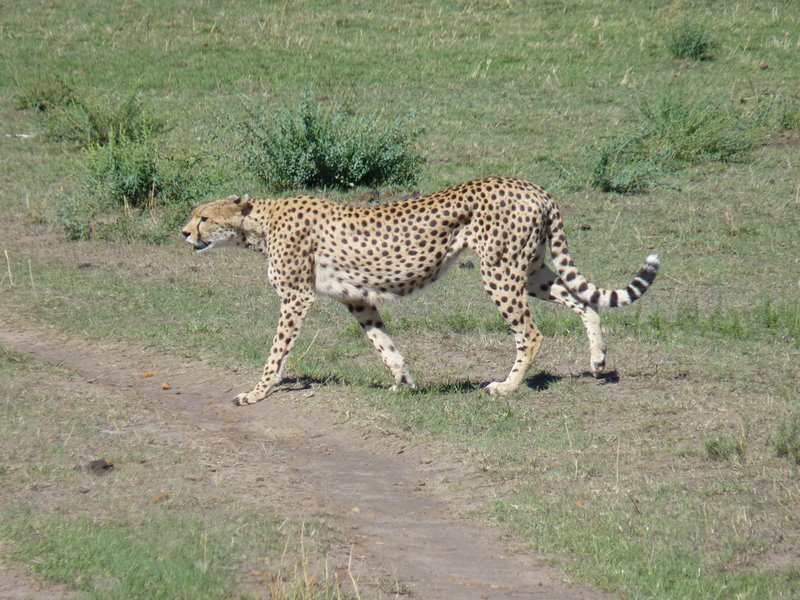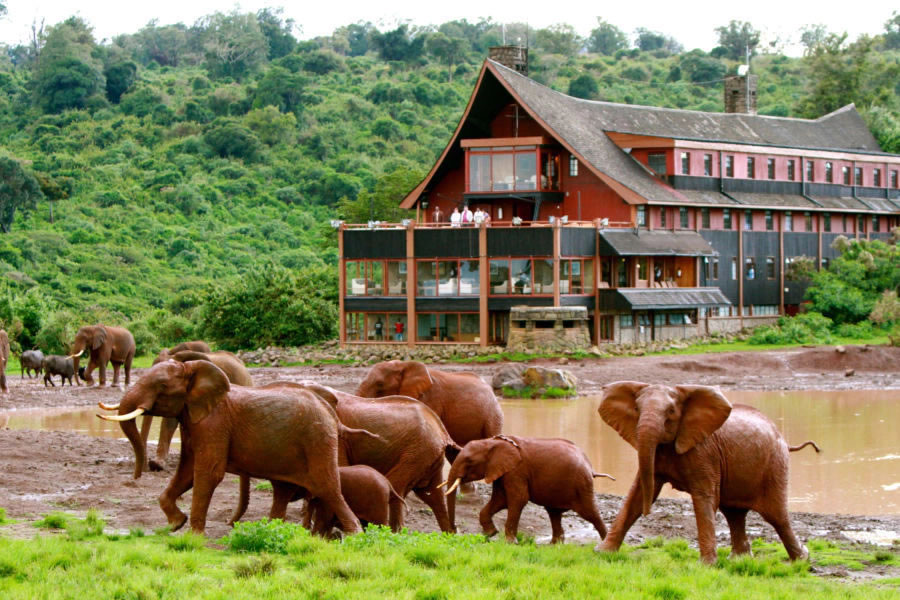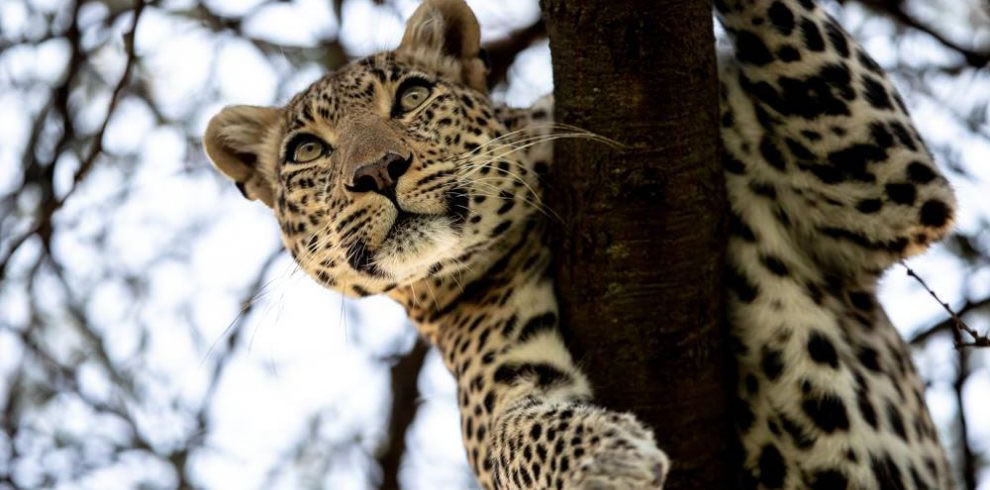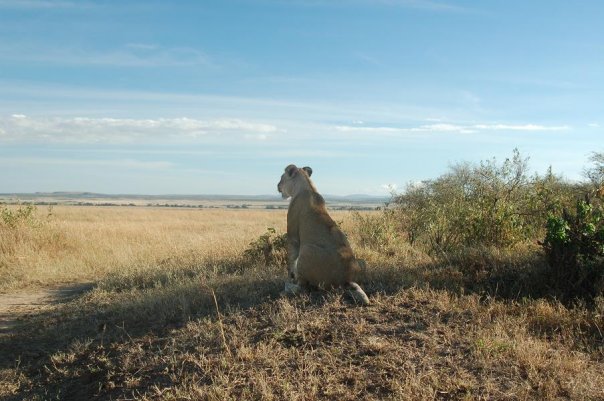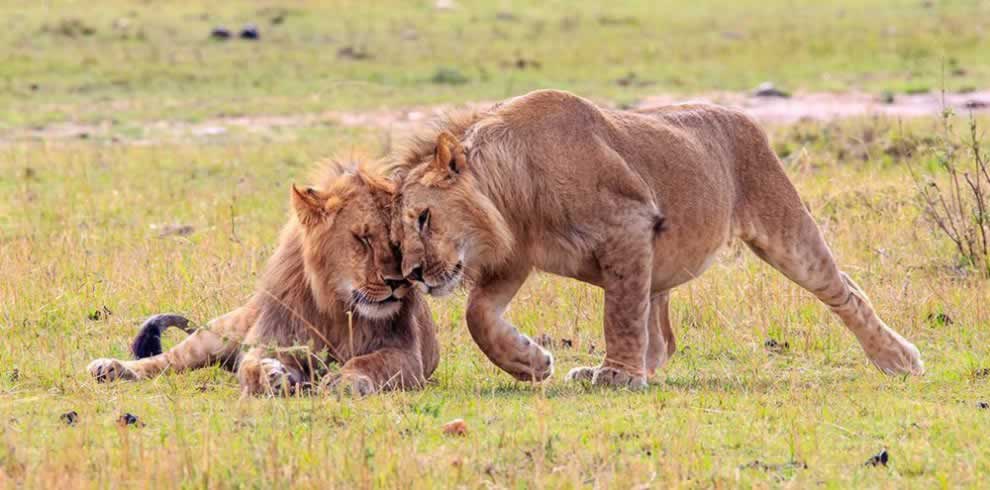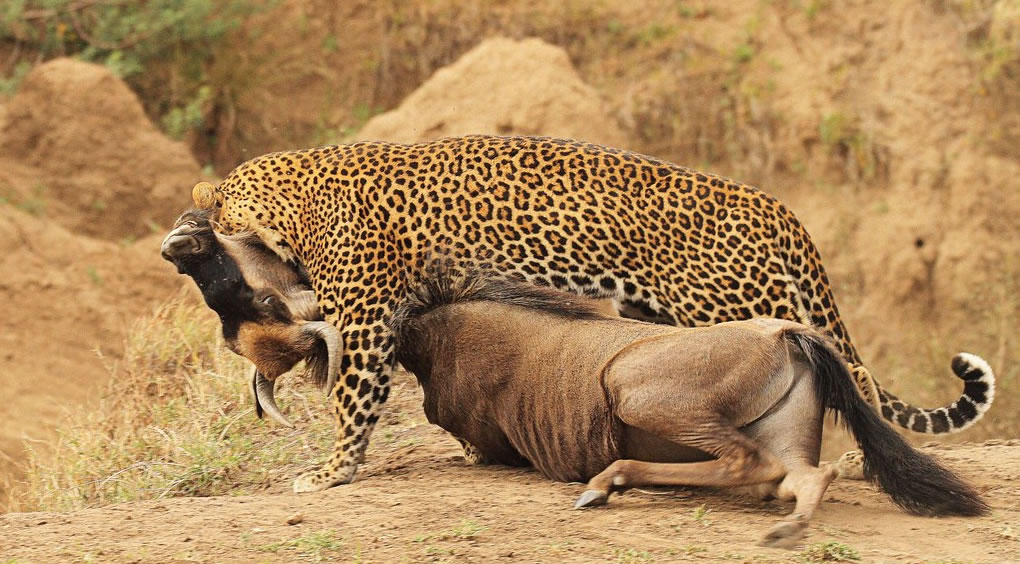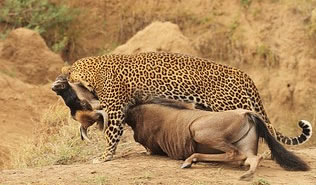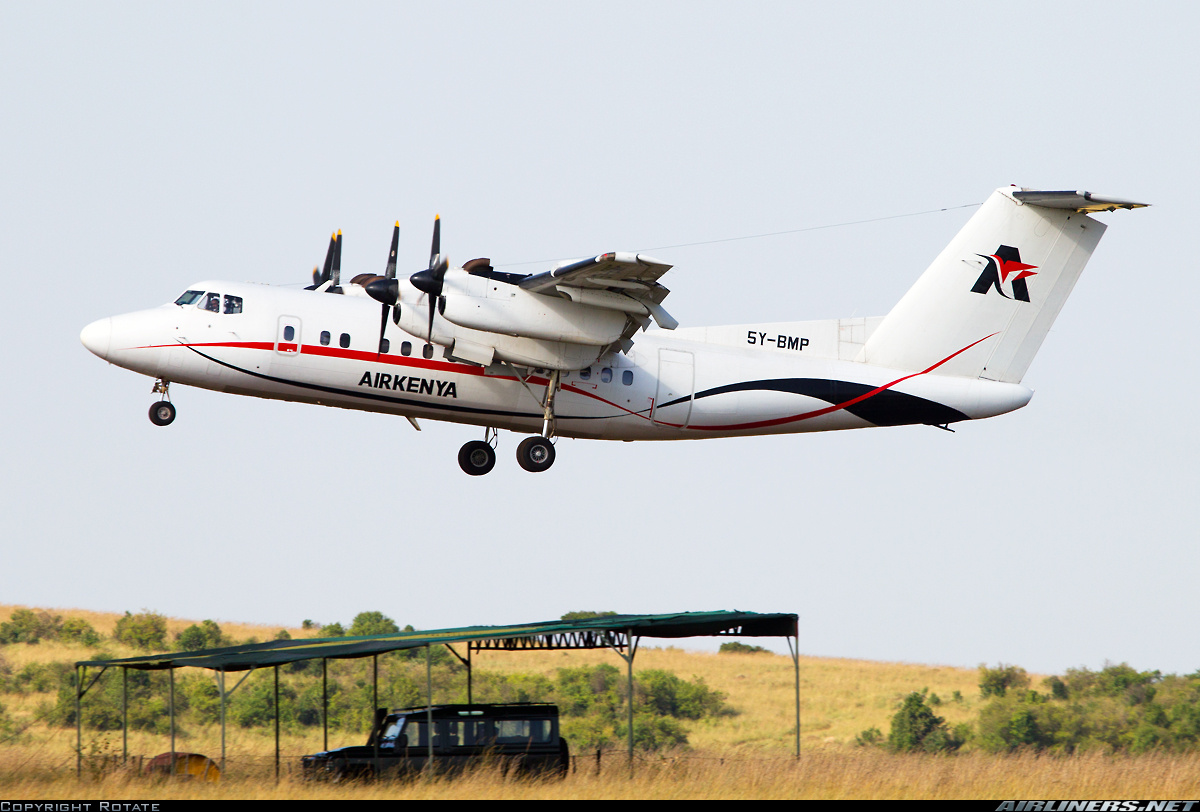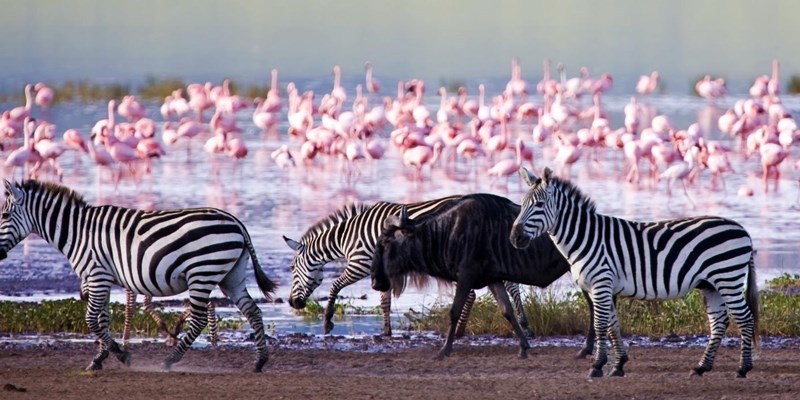Mara is derived from a Maasai word which means spotted because of the various inselberg. Masai Mara National Reserve also spelt as Maasai Mara is Kenya’s finest and most outstanding Kenya’s finest wildlife reserve considered as a “must see” for any guest traveling on a safari to Kenya for the first time. Its gentle rolling grasslands ensures animals are never out of sight and is favored by a wide variety of unique and exquisite wildlife and birds, hence this should be on your “to do” list. Everything about this reserve is outstanding. Seasoned safari travelers, travel writers, documentary makers, film makers (Out of Africa film) and researchers often admit that the Masai Mara is one of their favorite places.
Location: The reserve lies in the Great Rift Valley, Narok County, contiguous with the Serengeti National Park in the Mara region. It’s about 270 kilometers from Nairobi city and takes 5-6 hours by road and 40-45 minutes by flight. The reserve can be accessed using Olai mutiek gate, Sand river gate, Sekenani gate, Musiara gate and Talek gate
There are four main types of terrains in the Mara:
1) The Ngama Hills to the east with sandy soil and leafy bushes favored by black rhino.
2) Oloololo Escarpment forming the western boundary and rising to a magnificent plateau.
3) Mara Triangle bordering the Mara River with lush grassland and acacia woodlands supporting masses of game, especially migrating wildebeest.
4) Central Plains, forming the largest part of the reserve with scattered bushes and boulders on rolling grasslands favored by the plains game.
Vegetation: The Mara comprises of 200 square miles of ‘big skies’, the open savannahs, woodlands and riverine forest. The reserve has limited resources to protect its wildlife and the habitat. Altitude in Mara ranges from 1500-2170 meters above the sea level which yields a milder climate than other regions. Daytime temperatures rarely exceed 30 degrees celcious and hardly drop below 15 degrees celcious.
Climate: The rainy season occurs between April to May and November to early December. This can cause some areas to be inaccessible due to the sticky mud. The dry season is between July to October. This is the best time to come and see huge herds of migratory herbivores. The coldest months are June and July.
Wildebeest migration: Mara is perhaps best known for the wildebeest migration also regarded by many as ‘The Great Migration‘, is one of the seven wonders of the worlds that takes place between July and October and is the main attraction in Kenya. It takes place between Mara and Tanzania’s Serengeti National Park (Serengeti Eco-system) making it one of the greatest wildlife spectacles on the planet. The migration is not an isolated event, instead, movement of over 1.5 million wildebeests and hundreds of thousands of zebras, as well as elands and gazelles pass the Mara river. As with other wildlife, the purpose of the movement is the search for pasture and water. When supplies of these vital resources are depleted in one area, the animals move to another area where water, grasses and other food sources are plentiful.
Wildlife: The Mara has been called the Kingdom of Lions and these regal and powerful hunters dominate these grasslands. Cheetahs are also a common sight in the Mara, as are Hyena and smaller predators such as Jackals. The Mara is an awesome natural wonder place where Maasai warriors share the plains with hunting lions, a place of mighty herds and timeless cycles of life, death and regeneration.
All members of the “Big Five” -Lions, Leopard, Rhinoceros, Elephants and Buffalos are found here, although the black rhinos are severely threatened. Hippopotamus are found in Talk and Mara rivers.
Masai Mara National Reserve is a great place for bird watching for over 485 species of birds have been recorded including the Marabou Stork, Black Bustard, White Headed Vulture, Jackson’s Weaverbird, Ostrich, Tawny Eagle, Wattled Plover, Nubian Vulture, Crowned Crane, Lilac Breasted Roller and the Superb Starling.
Balloon safaris: While in Mara, guest cannot afford to miss this ‘once in a lifetime experience of the hot air balloon safari that lasts about one hour. From the guest’s lofty viewpoint up (around 100 meters high) you will have a fantastic view of the plains below and the animals that inhabits it.
Activities in Masai Mara National Reserve
- Game Drives (Morning, afternoon and night game drives)- An early morning and late afternoon are the most productive hours for game drives and Watching wildlife at close range, but without encroaching on their space, is endlessly fascinating and our guides’ instincts and experience provide superb photo opportunities of wild animals.
- Guided nature walks- It gives a different perspective through escorted walks on the savannah. The interpretive guides will point out the spoor of a leopard, the nest of a rare bird or signs of recent migration activity that would pass unnoticed by the eyes of strangers.
- Balloon Rides – This is a popular excursion in the Masai Mara. Balloons take off early each morning at sunrise and glide over the plains for approximately an hour before landing. Upon touchdown a champagne breakfast is set up before you. The excursion finishes with a game drive back to camp.
- Visiting a Masai village- Guests staying at the reserve can visit one of the local Masai villages to see first-hand their way of life. A village guide or your guide will give you an interpretive talk during your visit. There is sometimes dancing, and traditional souvenirs are on sale.
- Honeymoon – is one of the best destinations for a honeymoon in Kenya. If you are considering Masai Mara for your honeymoon, you should choose wisely hotel or camp you will end up in.

